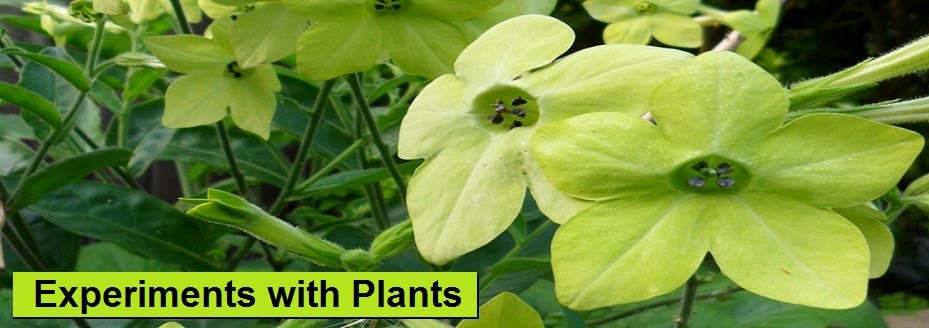I can still find the spot where I was photographed on a crocheted blanket laid in front of some bushes, with a toothless grin and without a care in the world.
I can re-trace the long way home from junior school, my mother scolding as ice-cream dribbled down my uniform.
It was the only place that I was allowed to explore unescorted as a teenager, and later my escape when family was too close for comfort before I owned a garden.
Even so, I still come here when I need to think or make important decisions, without the distractions of pottering around and pulling weeds.
My childhood memories are filled with birds and squirrels, all so tame that you can feed them by hand.
As the years pass, it's the trees that fascinate me more ....
This tree with its wiggly, outstretched branches, too wide to fill the frame; perfect for climbing yet never clambered. Its craggy trunk would have provided a step-up; its peeled, smooth ivory branches for sliding along to reach the prickly baubles.
I've never climbed trees, it was one of those unwritten rules, being brought up to play it safe. Now those rules don't apply, but I find myself fast approaching the autumn of my life and the number of missed opportunites increase day-by-day.
This tree with branches too haphazard to fill the frame, bends over to take a sip of water, staring at its messy reflection, prompting me to wonder if I should be grateful for not experiencing a few tangles.
As I leave the park, I check out a tree by the entrance. I never noticed how it twisted round until I had a camera in my hand. I went close to it to try and fill the frame, right up close till I was hugging it. Its solidness was comforting and its hugeness dwarfed my thoughts to nothing ... think I'll be taking more photos of trees in future.
Today I'm linking up to :
Carolyn's Autumn Walk Challenge http://www.thisgrandmothersgarden.com/2011/10/autumn-walk-challenge-what-did-you.html
Gardening Gone Wild Photo Contest : Fill the Frame http://www.gardeninggonewild.com/?p=18762
©Copyright 2011 b-a-g. All rights reserved. Content created by b-a-g for http://experiments-with-plants.blogspot.com/2011/10/autumn-walk-26-oct-2011.html


